Everyone who has a dog knows how complicated it can be to plan holidays or getaways where we can bring our loyal companion along. And related to this, you’ve probably wondered if it’s possible to walk the Camino de Santiago with a dog. And why not? Just like you take your dog out every day for their health and happiness, your furry friend can also be the perfect “paw-grino” companion.
When to go and which route to take? Where can I sleep with my furry friend? What preparation and special care are needed? Besides my backpack, what should I bring for them? In the next lines, we’ll answer these and other questions and explore how to walk the Camino with a dog. Take note of our tips and you’ll see that both you and your pet will enjoy this adventure to the fullest.
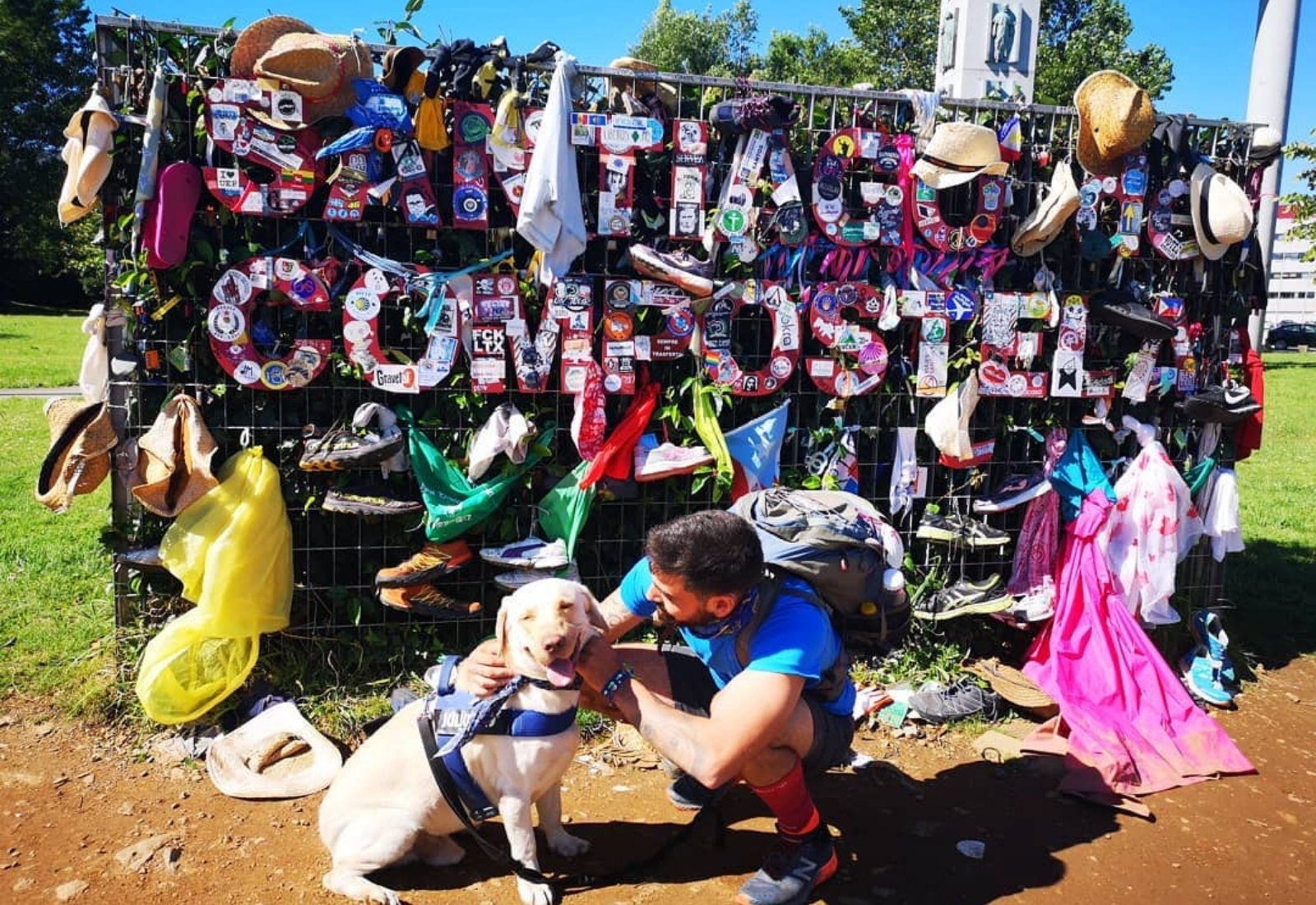
Imagine arriving in Santiago with your best friend by your side
Is it possible to walk the Camino de Santiago with a dog?
The answer, as we mentioned earlier, is a resounding yes. Walking the Camino de Santiago with your dog is absolutely possible—and a deeply rewarding experience for both of you. However, planning and walking the Camino de Santiago with your four-legged companion does require extra attention to your pet’s needs and well-being.
Which route should I take with my dog?
The first thing to think about is which of the Camino routes to choose. We recommend opting for a shorter route, such as the last 100 km, as longer distances can be very hard on your pet. The best options are the French Way from Sarria with a Dog or the Portuguese Way from Tui with a Dog, the routes best adapted to your furry friend’s needs.
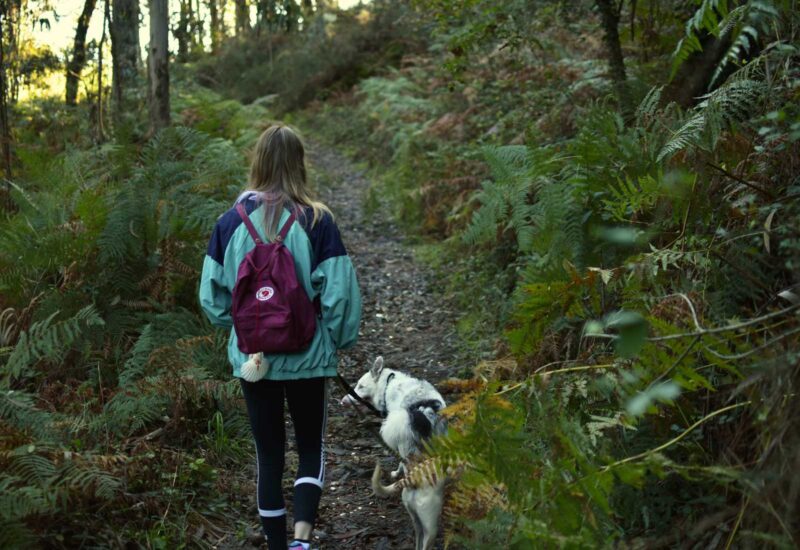
Walking the Camino with your dog allows them to fully enjoy nature
What’s the best time of year?
Next, you should consider the best time of year to walk the Camino with a dog. We recommend doing it in spring or autumn, avoiding the extreme cold of winter and the intense summer heat.
Where can I sleep with my dog?
Finally, before starting your Camino, make sure you’ve booked all your dog-friendly accommodations in advance. Not all places accept dogs—and forget about public albergues. That’s something we can help you with.
Physical preparation
Both you and your dog should be physically ready for the Camino. We recommend spending at least one month walking a minimum of 2 hours daily with your dog, mixing paved roads with dirt or gravel paths. If you can go hiking once a week, even better!
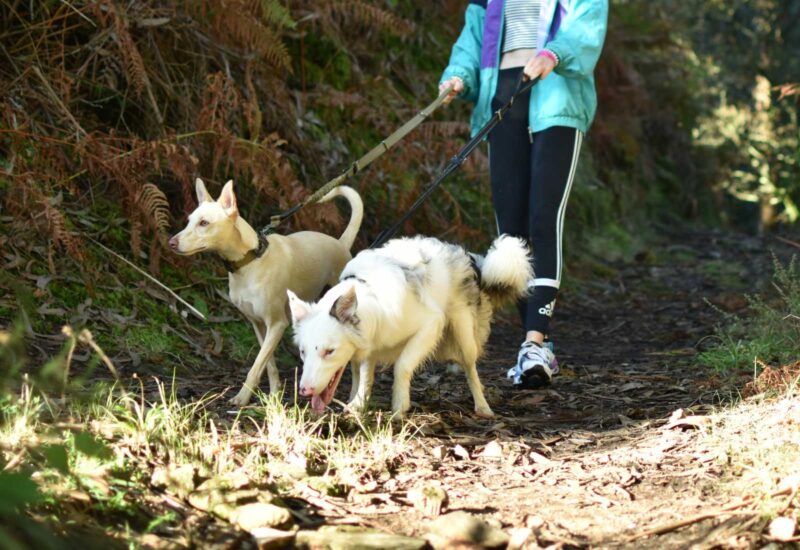
You can let your dog off-leash on the Camino, but leash them around other pilgrims, livestock, or in towns
Visit your vet ahead of time
Before embarking on this adventure, a visit to the vet is essential. Make sure your dog is in good physical shape to handle the Camino and that their vaccinations are up to date. Also, ask your vet about flea, tick, and heat prevention, all of which are common along the route.
What should I pack for my dog?
Once the route is planned and you’re prepared, it’s time to pack your backpacks. If you’re walking the Camino with a dog, we recommend booking a luggage transport service, as carrying everything for both you and your dog can be too much weight for each stage.
Must-have items for your dog
In addition to what you need to bring for yourself, you should pack the following for your pet:
- Pet documentation and vet health card.
- Mat or blanket to sleep on—a spot to rest after each stage.
- Quick-dry towel.
- Collapsible food and water bowls.
- Harness and canicross belt, so you can walk hands-free and more comfortably.
- Small bag of food, preferably in pre-portioned servings.
- Treats to reward and motivate them.
- Water and a portable cooler for each stage.
- Raincoat and scarf, in case of bad weather.
- Toy, like a Kong ball for playtime.
- Poop bags.
- First-aid kit with bandages, antiseptics, tweezers, vaseline, an emergency blanket, and any specific medication your dog may need.
- Parasite repellent, either spray or collar. We also recommend applying a pipette or giving an oral antiparasitic before starting.
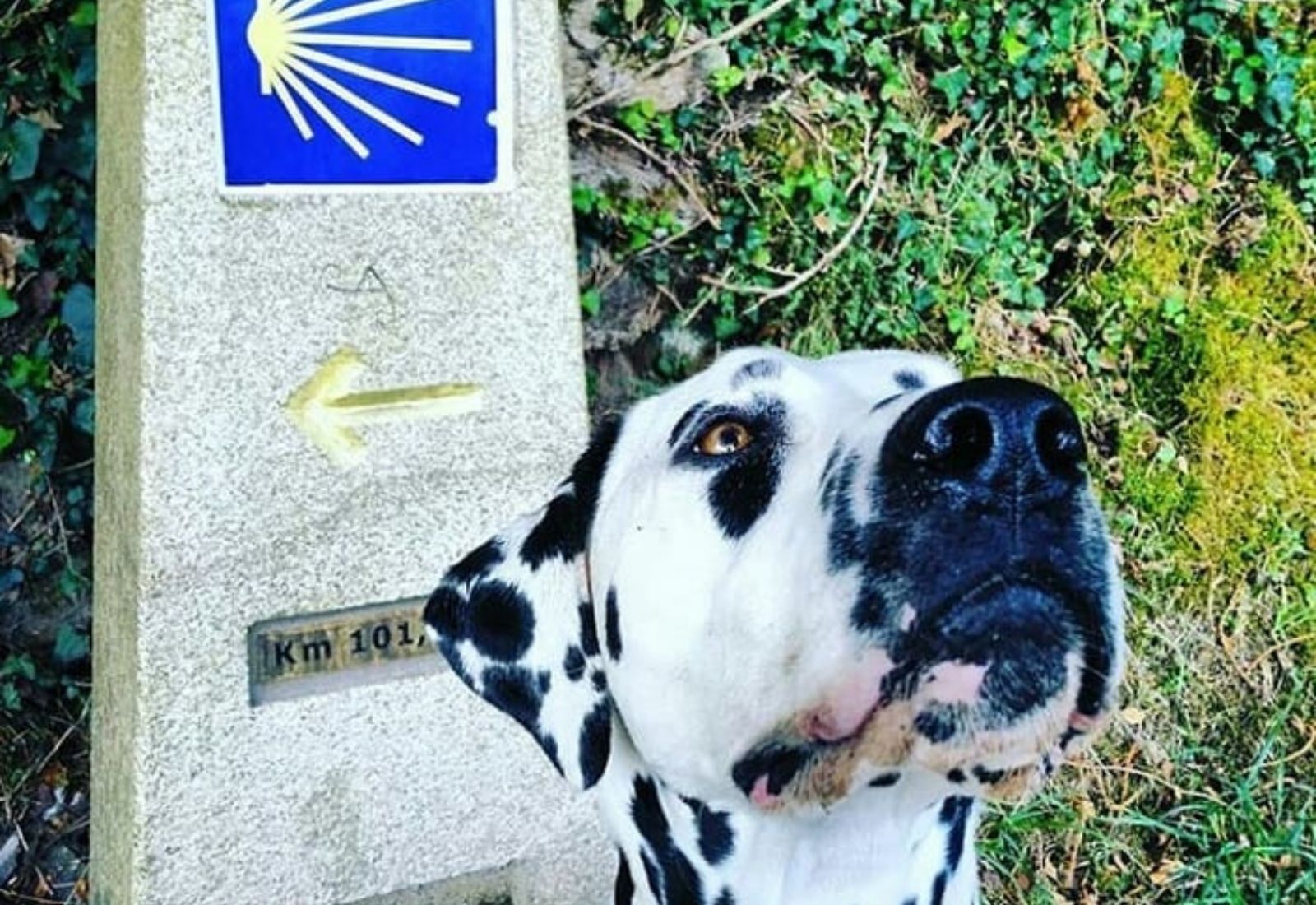
Take care of your dog on the Camino—just like they take care of you
Tips to care for your dog on each stage
Each stage of the Camino averages 20 to 25 km per day. Along the way, you’ll encounter varied terrain, and weather conditions may change daily—rain or heat can affect your walk. So be prepared and follow these recommendations.
Protect your dog’s paws
Your dog’s paws are particularly vulnerable to rough surfaces and temperature changes. Consider using protective booties and always check their paws and pads before and after each stage for cuts, cracks, or debris. Some sections of the Camino follow asphalt roads that can become scorching in summer, causing severe damage to your dog’s pads.
Take breaks every 90 minutes
Dogs need regular breaks, especially on a physically demanding trip like the Camino. Plan to stop every 90 minutes so your dog can rest, drink water, and recover. These breaks are essential to prevent fatigue and ensure their well-being throughout the walk.
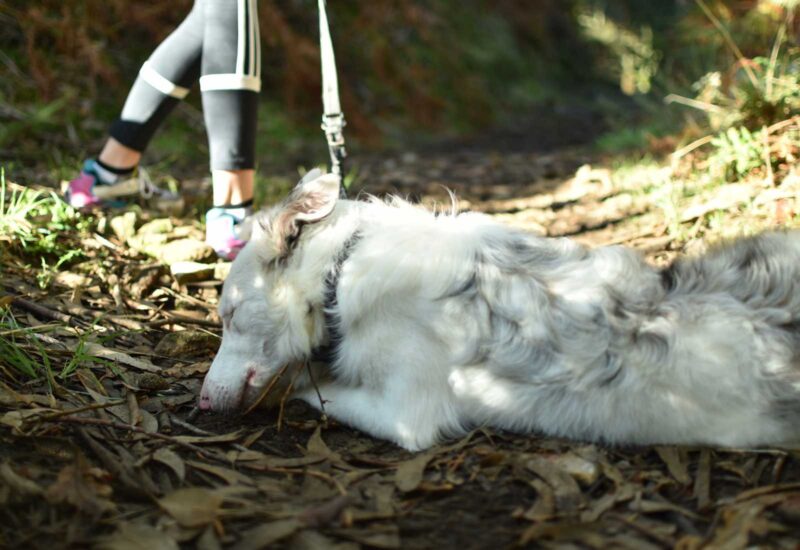
Breaks along the Camino are essential for your pet—and for you
Always have food and water on hand
Keeping your dog hydrated and fed is crucial. Bring enough water and food, along with a collapsible bowl so they can drink and eat regularly. Just like for you, nutrition and meals on the Camino are key. Adjust their diet to match the increased physical activity with high-protein, energy-rich food. You can also bring treats to motivate them—something tasty they love.
“Paw-grino”: on or off leash?
A very good question—and one that comes down to common sense and respect for others. Your dog can enjoy the freedom of the Camino, but you should keep this rule in mind: there will be other pilgrims, “paw-grinos,” local residents, and even herds of cows or sheep along the way and in the towns you pass. If you’re walking alone, feel free to let them off-leash—but in busy areas, use a harness and canicross belt for everyone’s safety.
And most importantly: don’t let local dogs follow you—they need to stay in their homes. It may sound silly, but it happens more often than you think. Dogs from local villages follow pilgrims and never make it back home, especially if they join groups that already have dogs.
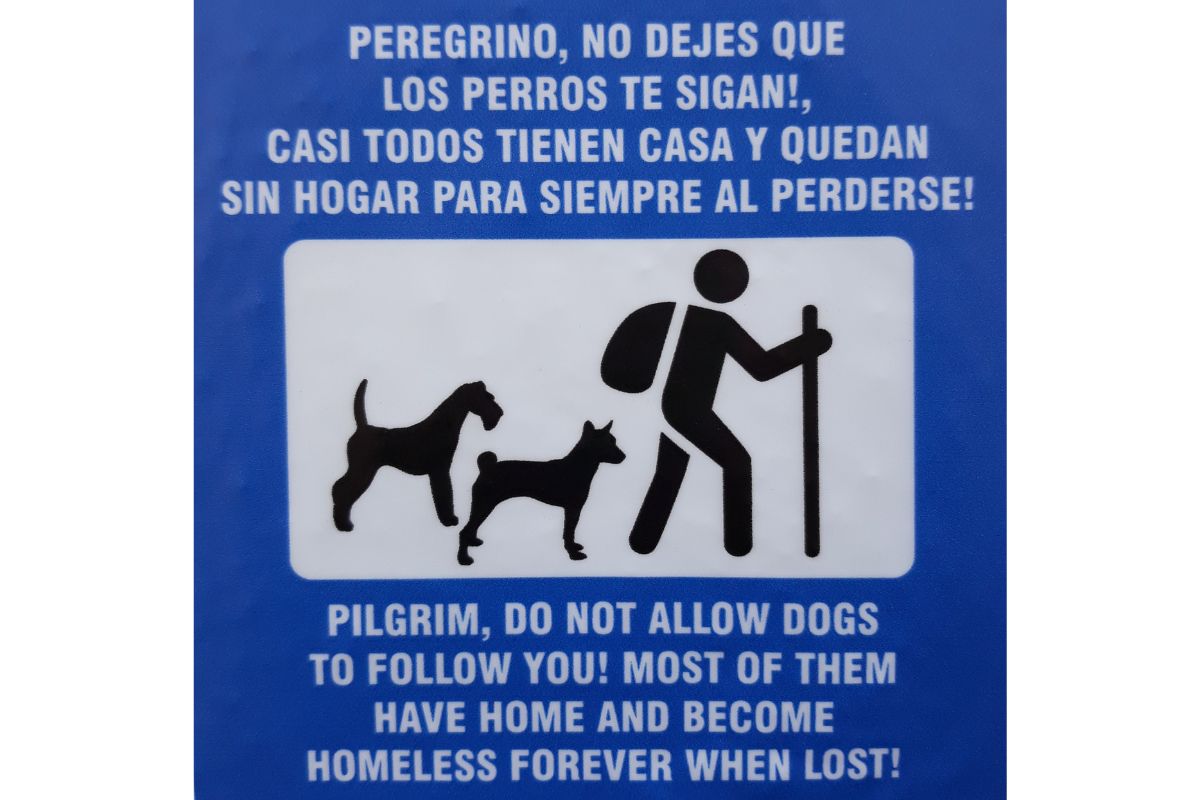
Don’t let local dogs follow you on the Camino
The Canine Credential
Did you know your dog can have their own Canine Credential? Our four-legged friends deserve recognition for their accomplishments too! That’s why the Camino Animal Protection Association, APACA, issues an official “Paw-grino” Credential. You can learn more at this link or contact us directly.
Don’t forget to stamp both your credential and your dog’s at each stage of the journey. By the end of the Camino, in addition to your Compostela, your dog will earn their own “Perregrina” certificate in recognition of their effort and bravery. For more details, get in touch with APACA—they’re a wonderful team, always happy to help.
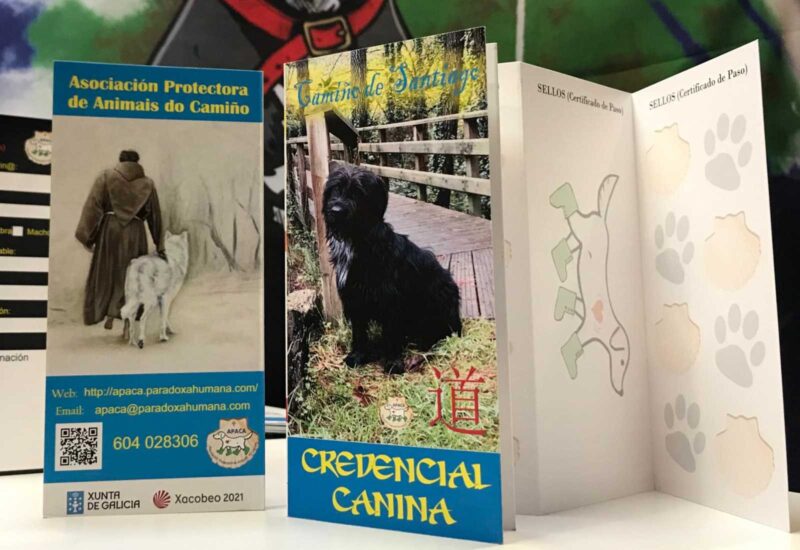
Don’t forget to stamp your dog’s Canine Credential to earn their “Perregrina”.
An unforgettable adventure with your best friend
Walking the Camino de Santiago with your dog isn’t just possible—it might become one of the most meaningful experiences of your life. With a bit of planning, care, and attention to their well-being, your faithful companion can walk beside you, stage after stage—sharing landscapes, breaks, stories… and that incredible arrival in Santiago. Because in the end, the Camino isn’t only about reaching the destination, but about everything you live and learn along the way. And who better to share that with than the one who never leaves your side and looks at you with eyes full of trust? If you need help planning the Camino with your paw-grino, you know where to find us: we’re here to guide you every step of the way. Buen Camino to you both!

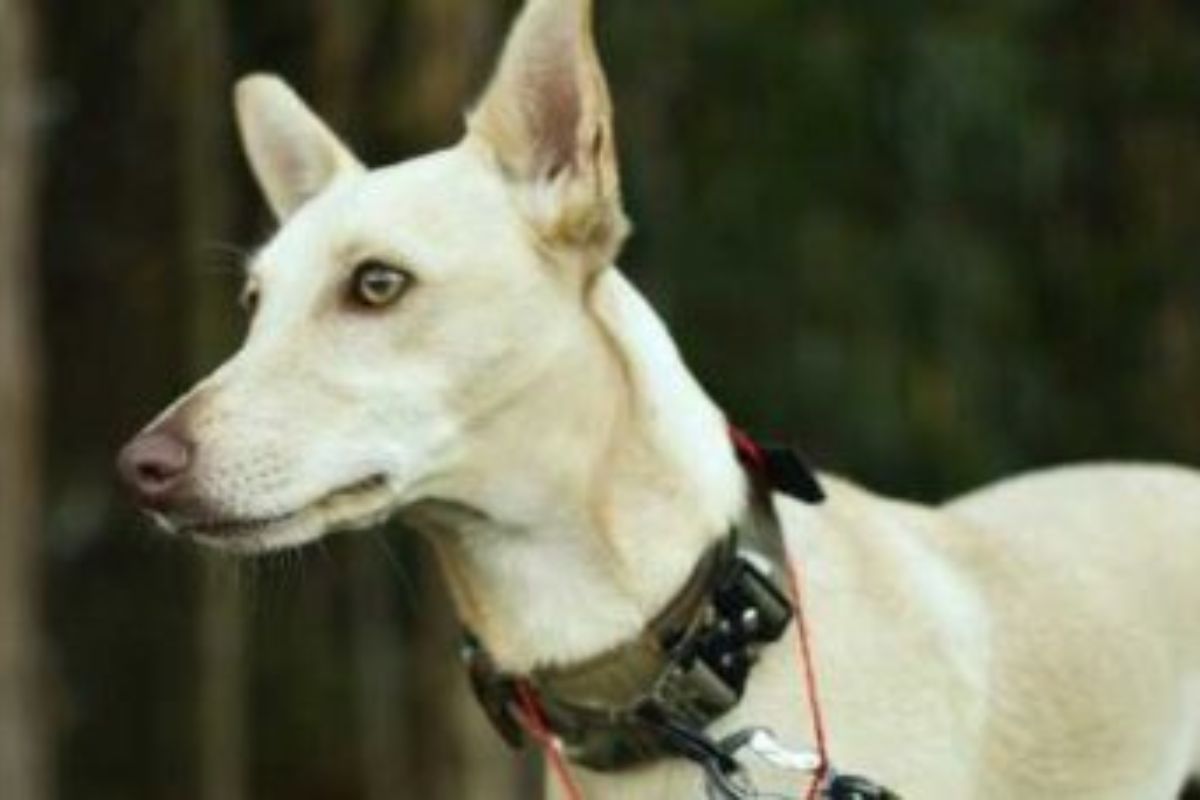










Leave A Comment